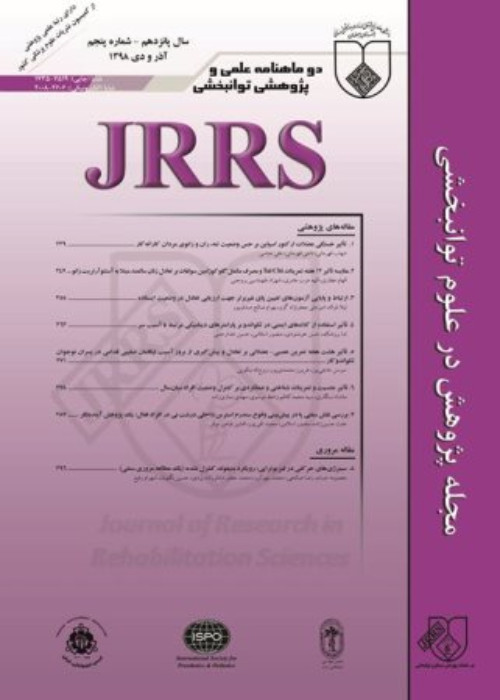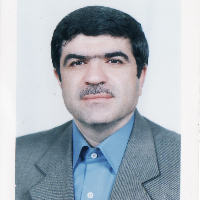Natural Frequency Analysis of Tractor Operator's Body Parts
Author(s):
Abstract:
Introduction
One of the main properties of vibrational systems is natural frequency، which has major influenceon transmitted vibration. When an excited frequency of a vehicle be among the natural frequency of operator''s body parts، the acceleration value on operator''s body parts will be increased and cause to damageshis body parts. Meanwhile use of vibration in optimum domain and frequency caused to increase muscle''s dynamic power، reduce its pain and chronicbackache، osteitis and flexibility of muscles. Therefore aim of this research is calculate of the natural frequency of human body parts. Materials And Methods
A research was done due to calculate the natural frequency of operator''s body parts in vertical، lateral and longitudinal directions. Three operators with 55، 70 and 85 kg mass were participated in experiments. Tests were done at four excited vibration of 0. 5، 1، 1. 5 and 2 ms-2 in different frequencies and transmitted vibration to operator''s body parts were measured. Natural frequency of different body parts in vertical، lateral and longitudinal directions were calculated. Also this natural frequency were estimated by multi degree regression method with operator''s mass and excited frequency factors in every direction. Results
Results showed that vibration value in longitudinal direction were increased at 3-4 Hz. In vertical direction two mode were appeared. First mode occurred in 13-17 Hz and second mode in 9-11 Hz. Also in lateral direction، two mode in 14-17 Hz and 2. 5-4. 5 Hz were appeared. Conclusion
Due to finding of this research، using vibration in order to increase muscle''s functional parameters of different body parts should be done above 20 Hz to avoid the damage of body parts. Also estimated of natural frequency of different body parts by driver mass and excited frequency factors has the best match to results of stationary experiments.Keywords:
Language:
Persian
Published:
Journal of Research in Rehabilitation Sciences, Volume:10 Issue: 2, 2014
Pages:
250 to 268
https://magiran.com/p1317643
مقالات دیگری از این نویسنده (گان)
-
Introducing a Rapid and Practical Approach for Determining Fat Content in Cow Milk Using Image Processing
Lena Beheshti Moghadam, *, Behzad Nouri, Mahmoud Omid, Seyed Morteza Mohtasebi
Biomechanism and Bioenergy Research, Summer and Autumn 2024 -
Efficient Detection and Classification of Soil Oil Pollution Using Electronic Nose and Pattern Recognition Methods
Mohammad Soroush Amini, Seyedsaeid Mohtasebi *, Shahin Rafiee, Ahmadali Pourbabaei
Journal of Researches in Mechanics of Agricultural Machinery,



